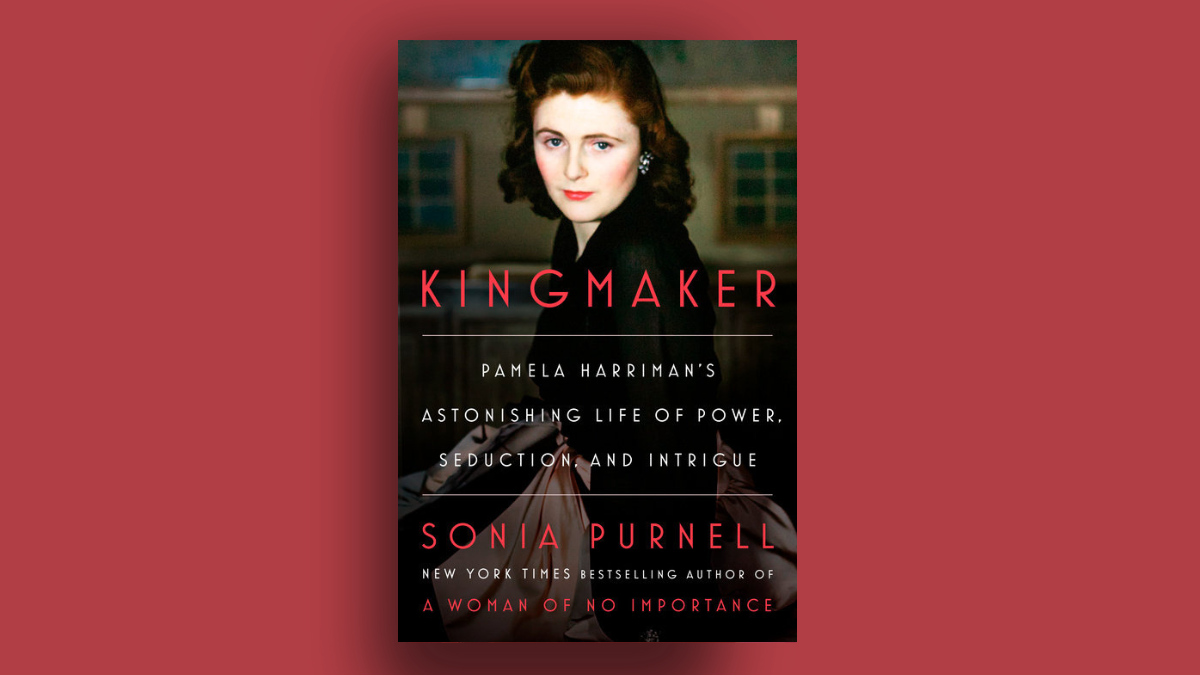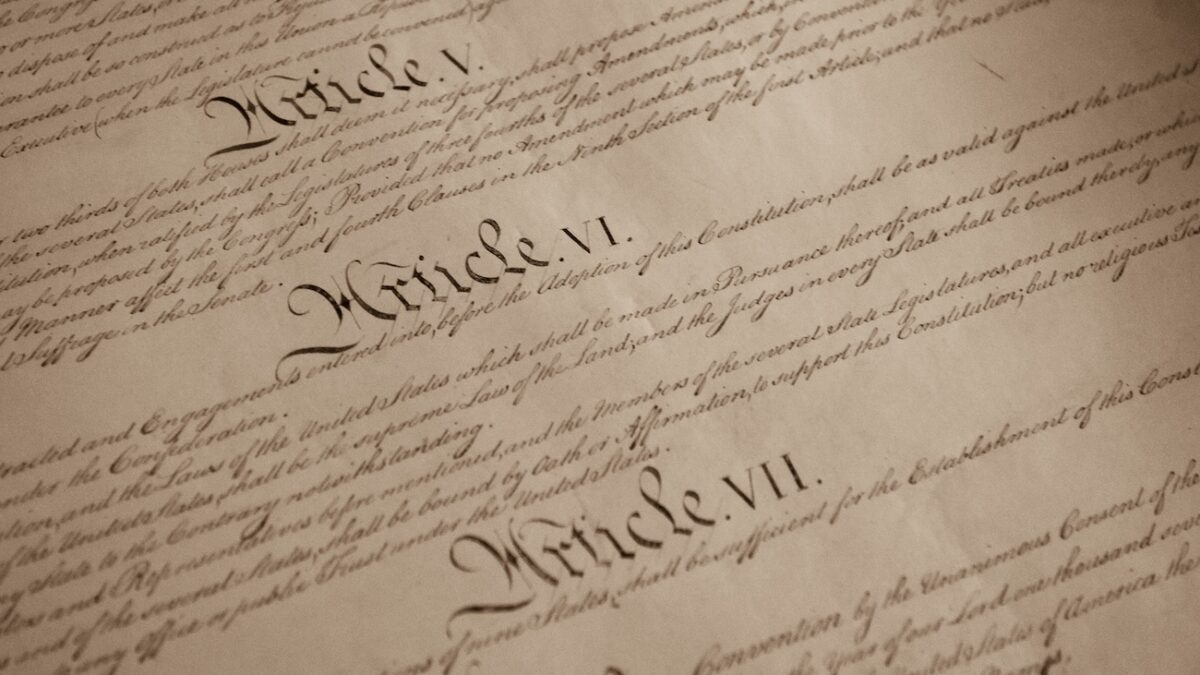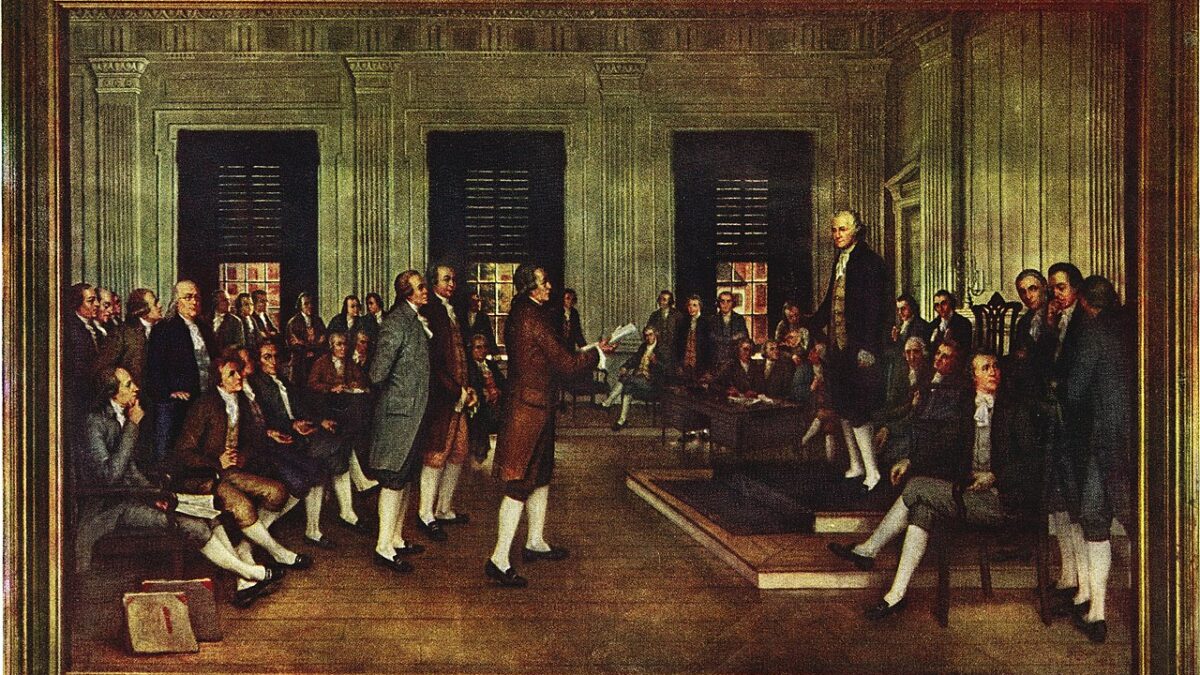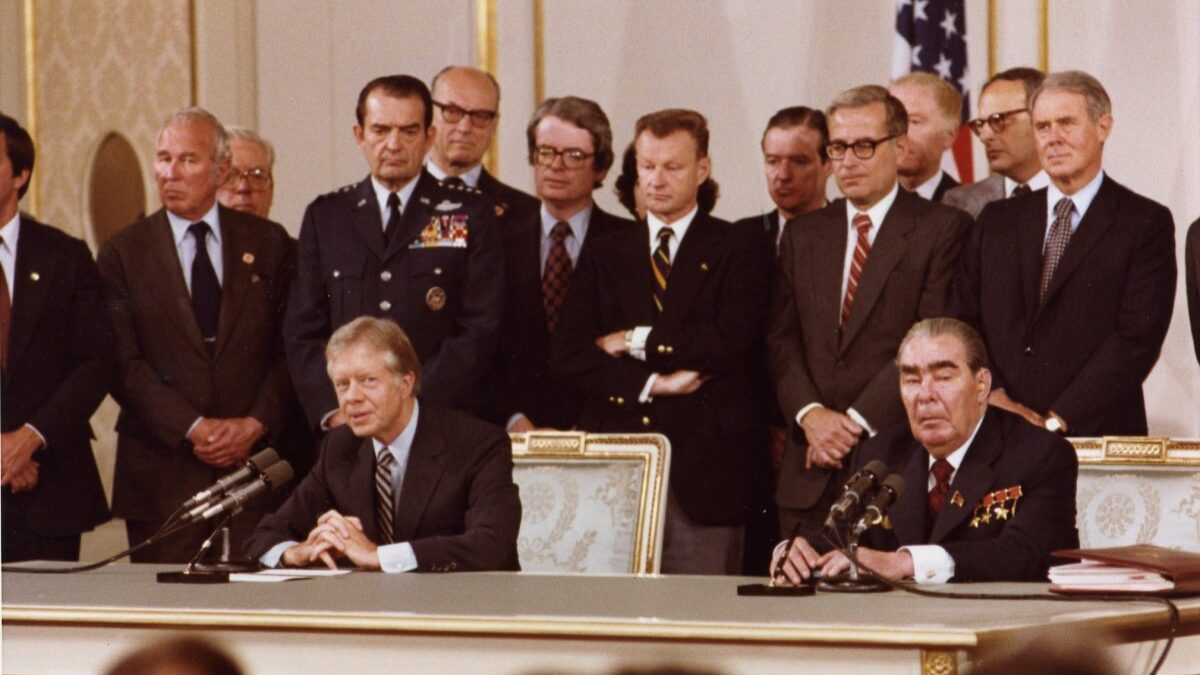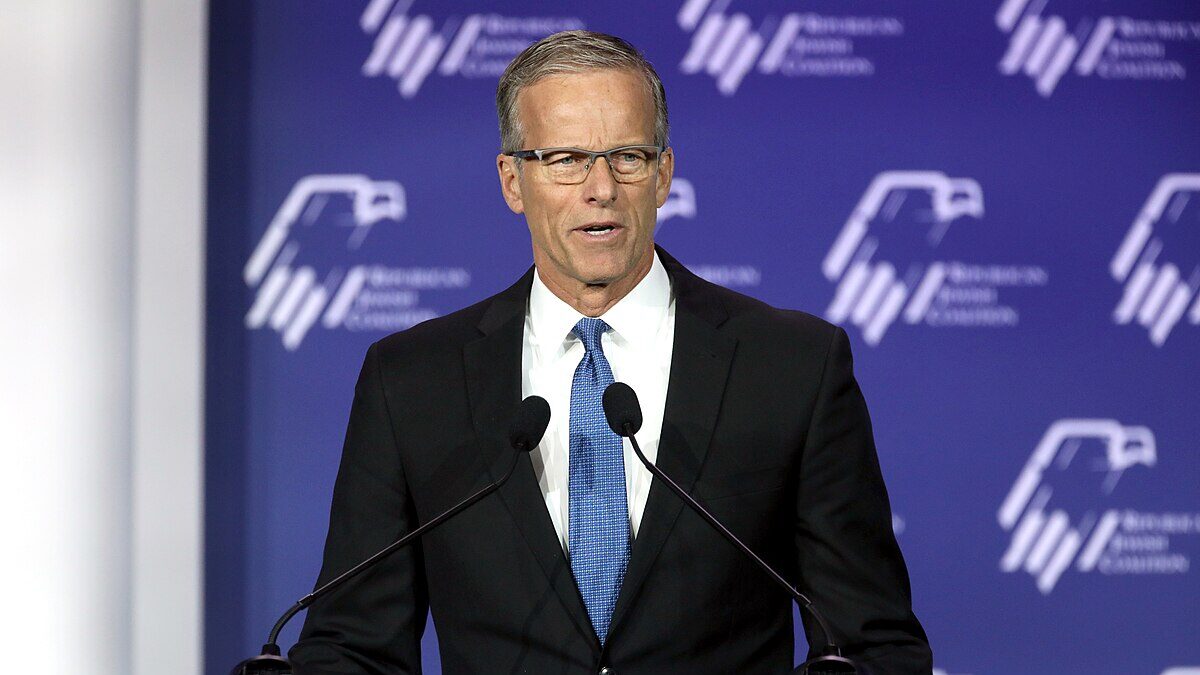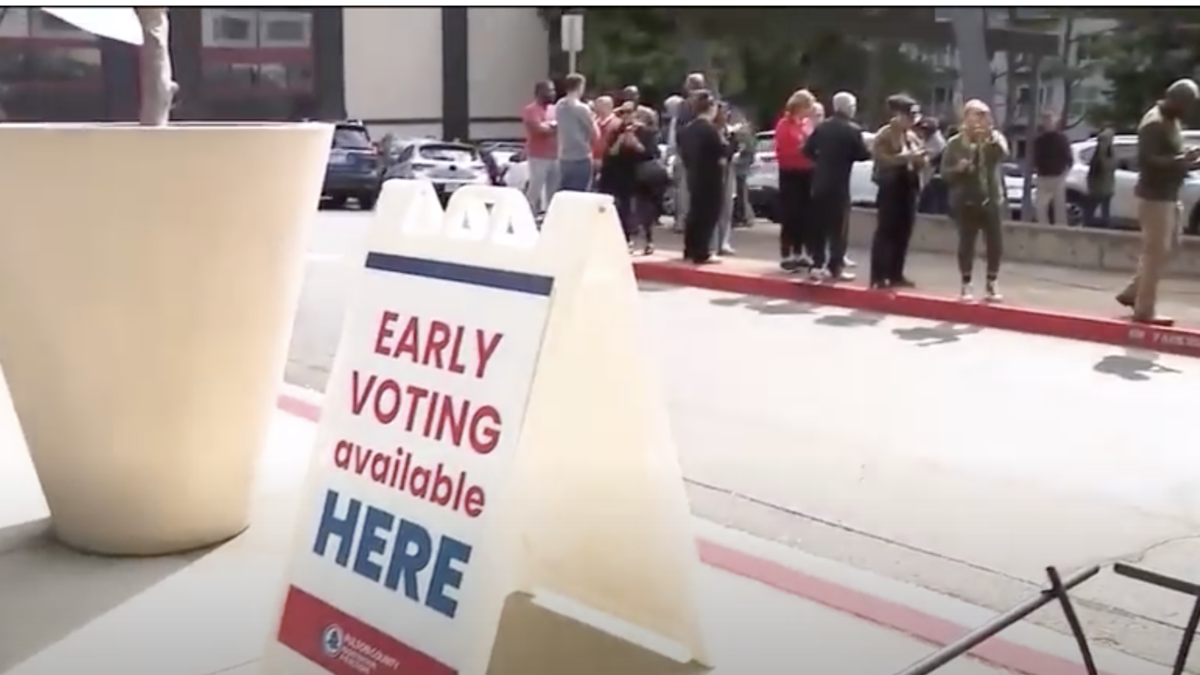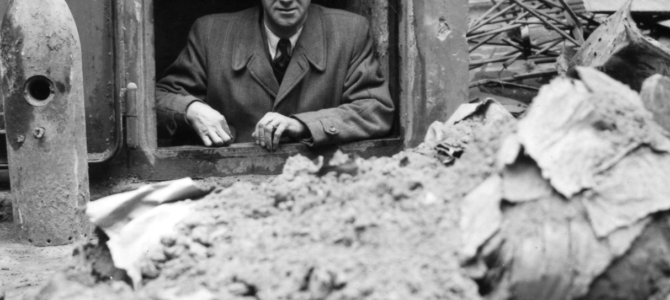
As the world observes International Holocaust Remembrance Day Jan. 27, victims and survivors will be honored with incredible stories of bravery and sacrifice. This year marks the 75th anniversary of liberation and the end of the Second World War, plus the 125th anniversary of the birth of Carl Lutz, a man whose story remains mostly lost to history. Lutz’s actions toward the end of the war make him responsible for the largest civilian rescue mission of the entire Holocaust and deserve to be known more widely.
On March 19, 1944, the Nazi Wehrmacht invaded Hungary, and by the afternoon were parading through the streets of Budapest. By early July, nearly 438,000 Hungarian Jews were forced onto trains and sent to Auschwitz. About 90 percent were murdered upon arrival. Swiss diplomat Lutz, a soft-spoken but pragmatic negotiator, was serving in Budapest as the head of the Section for Foreign Interests in the Swiss Embassy. As he witnessed the deportations and threats to the Jewish population, he knew he had to do something.
Lutz Determines He Must ‘Speak Up’ for Victims
The decisions Lutz made in 1944 were greatly shaped by experiences earlier in his diplomatic career. In 1913, at the age of 18, Lutz immigrated to the United States, where he first worked in a factory for several years near St. Louis. In 1919, he enrolled in Central Wesleyan College in Warrenton, Missouri, where he hoped to train as a minister or missionary. However, Lutz – ever the perfectionist – realized quickly that his poor speaking skills would preclude him from preaching fiery sermons to large audiences.
The young German-speaking immigrant decided to pursue a diplomatic career, transferring to George Washington University and graduating in 1924. For the next decade, Lutz served in several Swiss diplomatic posts, including in Philadelphia and St. Louis. In the mid-1930s, he received an appointment to Palestine, then under the rule of Great Britain.
After World War II began in September 1939, approximately 2,500 Germans found themselves trapped in Palestine. Germany asked Switzerland to appoint a neutral arbiter to mediate the return of the displaced citizens, and Lutz was assigned to handle the task. He successfully negotiated the release of all 2,500 Germans, impressing his superiors. Praise for his skilled work even reached the fuhrer’s office in Berlin. Lutz then turned to assist Jews in Palestine who held German passports. He procured protective papers from the British, which allowed their holders to remain in exile in Palestine.
Another incident occurred during Lutz’s time in Palestine that would forever alter his perception. One day while standing on the roof of their apartment, Lutz and his wife Trudi saw four Jewish men lynched in the street. The next day, Lutz wrote a letter to his brother in which he said the following, “As I swore to the victims, as they suffered hits and stabs, that one day I would speak up for them.”
Lutz Implements His Plan
That opportunity would come soon enough. In 1942, Lutz transferred to Budapest, where he resided when the Nazis arrived in Hungary in March 1944. Lutz recalled the protective papers he used to assist German Jews in Palestine and determined they could be used to protect Hungarian Jews from being sent to Auschwitz. While it was unlikely anyone could find a way from Budapest to Palestine in the chaos and terror of 1944-1945, those holding the protective papers were considered to be under Swiss protection and exempt from deportation.
Lutz procured 8,000 protective “units” but realized his efforts would be for naught if he did not ensure that the Nazi forces ruling Hungary would honor them. He scheduled a meeting with a high-ranking Nazi official who had just arrived in Budapest, Adolf Eichmann.
Eichmann, one of the Third Reich’s leading facilitators of the Holocaust, was a bit taken aback by the request from the well-dressed, albeit soft-spoken diplomat. He even used their initial meeting as an opportunity to mock Lutz, comparing him to Moses attempting to rescue his people. However, Eichmann did pass along the request. Soon after, Lutz received word that Germany would authorize the 8,000 protective papers, in part because of Lutz’s previous work in Palestine.
Lutz immediately launched a plan to rescue far more than 8,000 people. While Eichmann assumed the 8,000 “units” Lutz requested meant 8,000 individuals, Lutz instead determined that “units” meant “families,” thereby increasing the number of people he could protect. He immediately began to disseminate the papers throughout Budapest.
Forged Swiss protective documents also began to appear in the city, but Lutz looked the other way. He also placed 76 buildings under Swiss diplomatic protection, where he was able to house thousands of Hungarian Jews who had lost their homes and property. Lutz frequently stepped in to rescue individual Hungarian Jews, once jumping in the Danube river to rescue a Jewish woman shot by fascist militia.
Eichmann eventually discovered Lutz’s deception in late 1944. Instead of refusing to authorize any neutral protective papers, the Nazis and their Hungarian collaborators hatched a devious plan. They brought Carl and Trudi Lutz to a brickyard, where Hungarian Jews were kept prisoner before deportation to Auschwitz. The authorities forced the Lutzes to identify forged Swiss protective papers, and they complied to preserve the authority of the legitimate papers.
While the couple attempted to falsely validate the more convincing forgeries, they could not do so for all the papers. Hungarian Jews with documents that could not be validated were no longer protected from deportation and were sent to their death. The experience haunted Carl and Trudi Lutz for the rest of their lives.
Lutz Conducts the Largest Civilian Rescue of the Holocaust
In December, Lutz, his wife, and his staff took shelter in the basement of the British Embassy, which he was legally required to protect as part of his diplomatic role. Outside, the Red Army and Allied air support nearly razed Budapest. In early 1945, after spending two months in a cramped basement, the group was finally liberated.
After returning to Switzerland, Lutz wrote several reports about his work in Budapest, but the only initial reaction he received was about his expense report: A finance official contacted him, complaining about a glass of orange juice Lutz had ordered for breakfast in Istanbul — his first stop after escaping the hell of Budapest.
Eventually, Lutz’s superiors and colleagues harshly criticized his actions. Switzerland refused to acknowledge his rescue efforts officially until 1995, 20 years after his death. He did receive international praise, however. He was nominated for a Nobel Peace Prize three times, never winning. In 1963, Lutz was named “Righteous Among the Nations” by Yad Vashem, Israel’s official Holocaust memorial and museum. Trudi Lutz received the same honor in 1976.
In a 1949 report, Lutz summarized his motivations behind his rescue efforts, writing that he did not consider himself a “Christian in name only” and therefore found it a “matter of conscience” to rescue the Hungarian Jews “condemned to die.” Imagine if even a fraction of us conducted ourselves in the same way.
The U.S. Holocaust Memorial Museum estimates Lutz saved approximately 62,000 souls, making him responsible for the largest civilian rescue mission of the Holocaust. Yet his story is little known. This International Holocaust Remembrance Day, take time to remember the victims, remember the survivors, and remember Carl Lutz.
The author is no relation to Carl Lutz.


